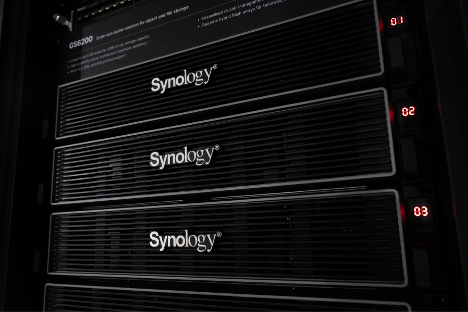IBM and NASA Open Source Largest Geospatial AI Foundation Model on Hugging Face
IBM and open-source AI platform Hugging Face
announced that IBM's watsonx.ai geospatial foundation model – built from NASA's
satellite data – will now be openly available
on Hugging Face. It will be the largest geospatial foundation model
on Hugging Face and the first-ever open-source AI foundation model built in
collaboration with NASA.
Access
to the latest data remains a significant challenge in climate science where
environmental conditions change almost daily. And, despite growing amounts of
data — estimates from NASA suggest that by 2024,
scientists will have 250,000 terabytes of data from new missions — scientists
and researchers still face obstacles in analyzing these large datasets. As part
of a Space Act Agreement with NASA, IBM set out earlier
this year to build an AI foundation model for geospatial data. And now, by
making a geospatial foundation model available via
Hugging Face — a recognized leader in open-source and a
well-known repository for all transformer models — efforts can advance to
democratize access and application of AI to generate new innovations in climate
and Earth science.
"The
essential role of open-source technologies to accelerate critical areas of
discovery such as climate change has never been clearer," said Sriram Raghavan,
Vice President, IBM Research AI. "By combining IBM's foundation model
efforts aimed at creating flexible, reusable AI systems with NASA's repository
of Earth-satellite data, and making it available on the leading open-source AI
platform, Hugging Face, we can leverage the power of collaboration to implement
faster and more impactful solutions that will improve our planet."
"AI
remains a science-driven field, and science can only progress through
information sharing and collaboration," said Jeff Boudier, head of product and
growth at Hugging Face. "This is why open-source AI and the open release
of models and datasets are so fundamental to the continued progress of AI, and
making sure the technology will benefit as many people as possible."
"We
believe that foundation models have the potential to change the way
observational data is analyzed and help us to better understand our
planet," said Kevin
Murphy, Chief Science Data Officer, NASA. "And by open
sourcing such models and making them available to the world, we hope to
multiply their impact."
The
model – trained jointly by IBM and NASA on Harmonized Landsat Sentinel-2
satellite data (HLS) over one year across the continental United States and
fine-tuned on labeled data for flood and burn scar mapping — has demonstrated
to date a 15 percent improvement over state-of-the-art techniques using half as
much labeled data. With additional fine tuning, the base model can be
redeployed for tasks like tracking deforestation, predicting crop yields, or
detecting and monitoring greenhouse gasses. IBM and NASA researchers are also
working with Clark
University to adapt the model for applications such as
time-series segmentation and similarity research.
The
news follows IBM's announcement earlier
this year to collaborate with NASA to build an AI model that could speed up the
analysis of satellite images and boost scientific discovery. It's also part of
NASA's decade-long Open-Source Science Initiative to build a
more accessible, inclusive, and collaborative scientific community. NASA, along
with the White House and other federal agencies, has declared 2023 a Year of Open
Science to celebrate the benefits and successes created through
the open sharing of data, information, and knowledge.
The model leverages IBM foundation model
technology and is part of IBM's larger effort to create and
train AI models that can be used for different tasks and apply information from
one situation to another. In June, IBM announced the availability of watsonx, an AI and data platform that allows
enterprises to scale and accelerate impact of the most advanced AI with trusted
data. A commercial version of the geospatial model, which is part of IBM
watsonx, will be available through the IBM Environmental Intelligence Suite (EIS)
later this year.


































Leave A Comment